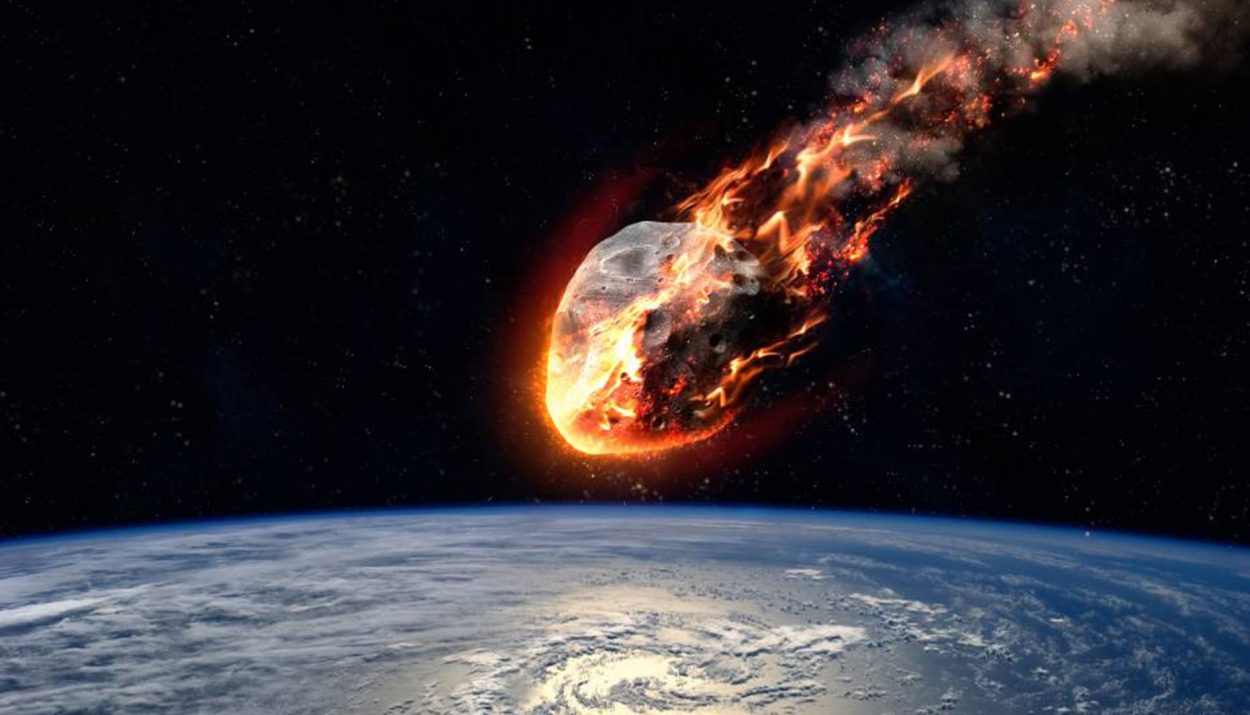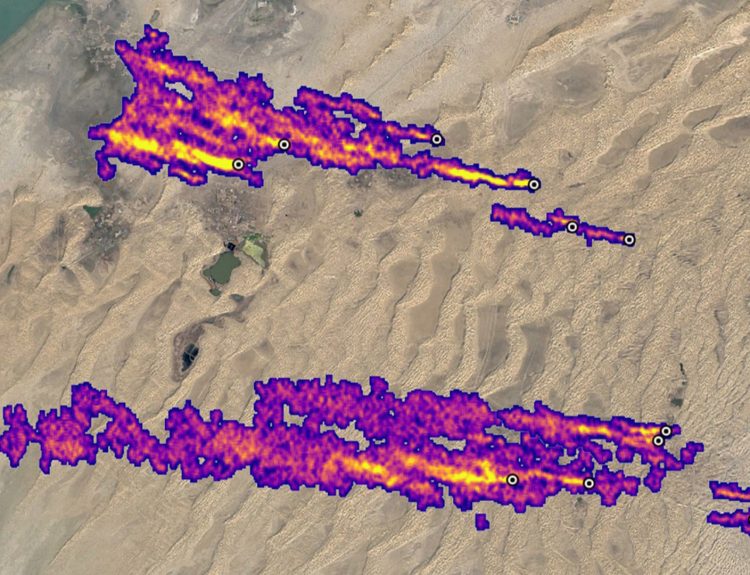The cosmos is brimming with wonders, and the latest to capture our attention is a massive ‘devil’ comet, officially known as 12P/Pons-Brooks.
This comet, three times the size of Mount Everest, is making headlines due to its unique characteristics and its journey towards Earth.
The Discovery and History of 12P/Pons-Brooks
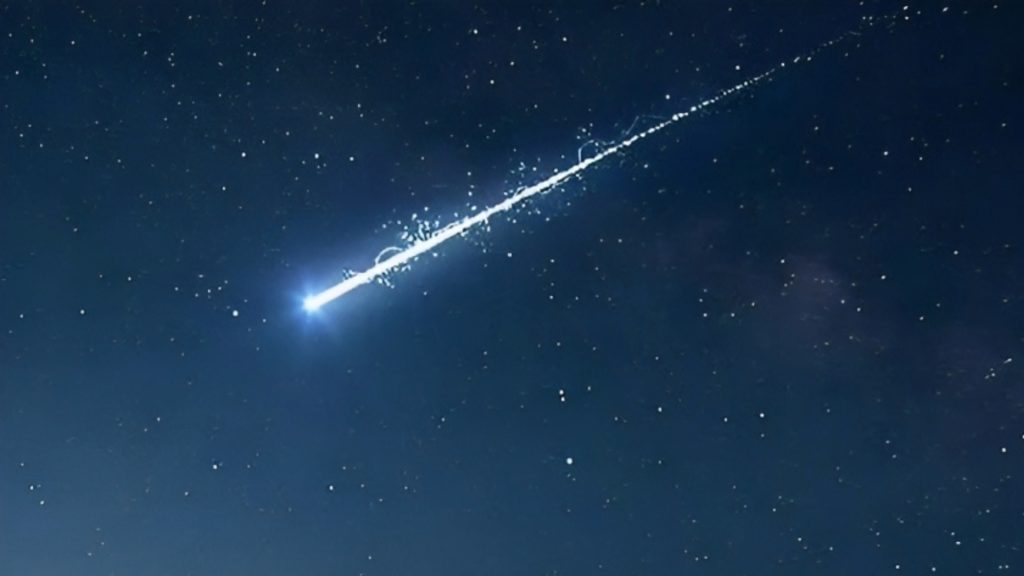
Discovered in 1812, the 12P/Pons-Brooks comet has been a subject of interest for astronomers for over two centuries. Its upcoming close approach to Earth in June next year is particularly exciting for professional astronomers and stargazers alike.
The comet has earned its ‘devil’ moniker due to its explosive behavior. As it travels through space, it ejects ice and gas in a manner reminiscent of a ‘cold volcano.’ This activity has been more pronounced in recent weeks, with the comet undergoing three significant outbursts.
Recent Outbursts and Visibility

Dr. Theodore Kareta, a postdoctoral researcher at Lowell Observatory, highlighted these recent outbursts.
“These outbursts have brought this object from being dim enough that you can only really see it with big professional telescopes to, in a couple of cases, something people can see from their backyard,” he explained to ABC News.
The Significance of the ‘Horns’
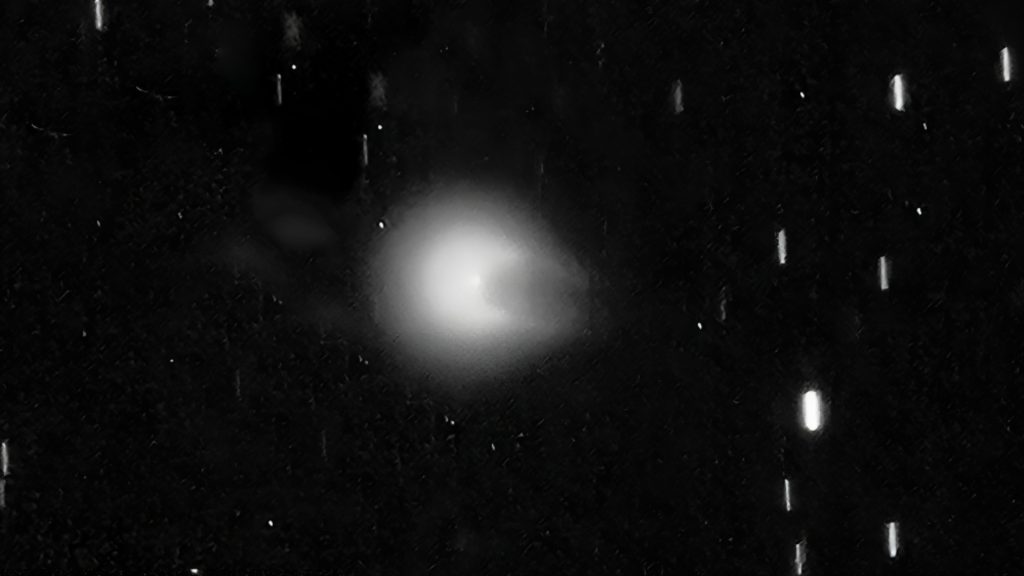
The ‘devil’ comet’s most striking feature is the ‘horns’ it appears to have sprouted due to its recent activity. These horns are actually matter ejected from the comet, creating a visual spectacle unlike any other observed in recent times.
Comet outbursts are not entirely understood, but they are thought to be caused by the comet’s proximity to the sun. As the comet gets closer, the increase in solar heat causes volatile materials within it to explode, releasing gas and dust.
Preparing for the Closest Approach
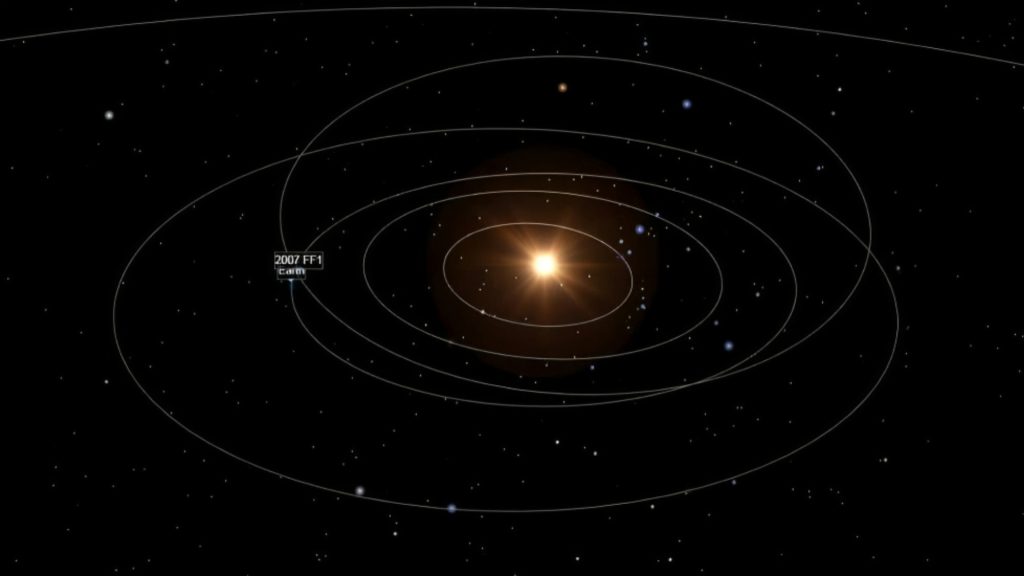
As 12P/Pons-Brooks prepares for its closest approach to Earth next year, observatories around the world are gearing up to study it in detail. This event offers a unique opportunity to learn more about comet composition and behavior.
This comet’s unusual activity is significant for the field of comet research. It provides a rare chance to observe and study the dynamic processes that occur as comets travel through the solar system.
How to View the Comet
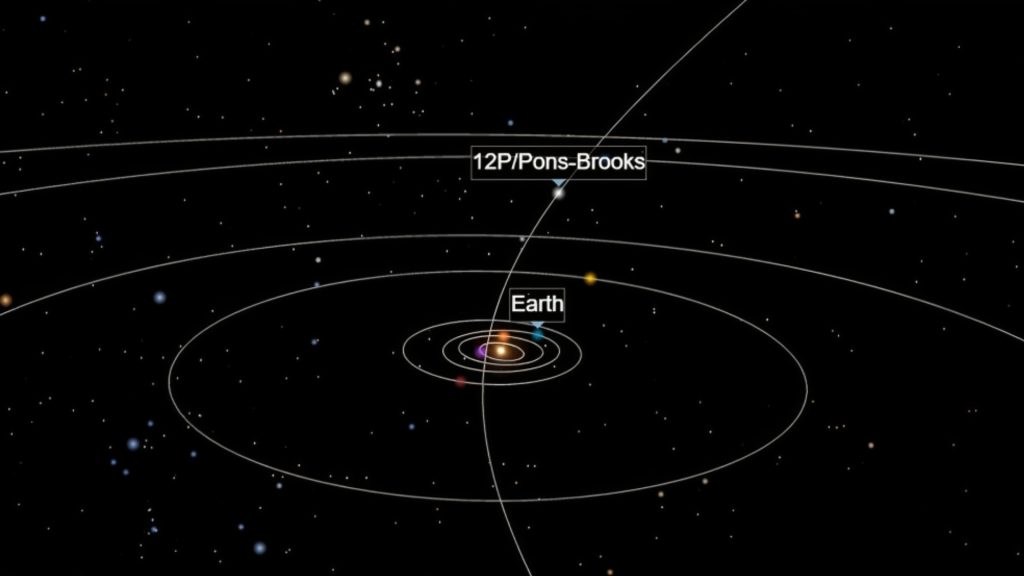
For amateur astronomers and enthusiasts, the upcoming months offer a great opportunity to witness this cosmic event.
With the right equipment and conditions, it’s possible to view the comet from your backyard, as Dr. Kareta mentioned.
A Reminder of Cosmic Wonders

The approach of the ‘devil’ comet serves as a reminder of the dynamic and ever-changing nature of our universe.
As we anticipate its closest approach, we are once again awed by the wonders that lie beyond our planet.

